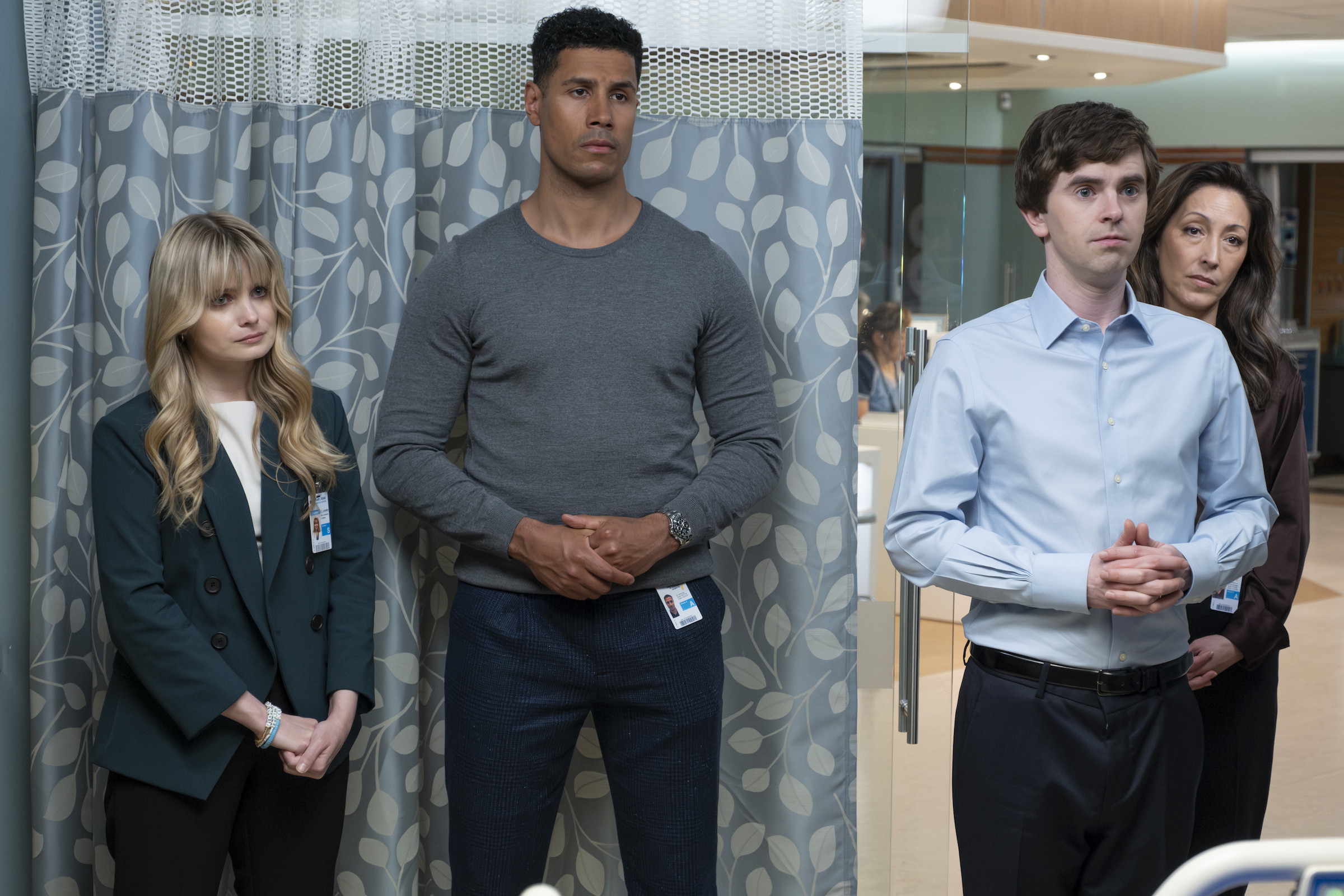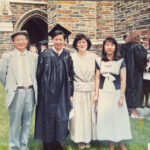For seven seasons, ABC’s The Good Doctor captivated audiences with the story of Dr. Shaun Murphy, a young surgeon with autism. As a content creator focused on authentic representation in media, particularly concerning neurodiversity, the finale of The Good Doctor warrants a closer examination, especially regarding its portrayal of autism. While the show achieved mainstream success, its depiction of autism, particularly in its final episode, leaves much to be desired and highlights a persistent gap in genuine autistic representation on television.
From its inception, The Good Doctor presented a challenge. While primetime dramas often prioritize entertainment, a medical drama centered around an autistic protagonist carried the weight of representation. My initial reaction to the show, like many in the autistic community, was mixed. While the concept held promise, the execution felt flawed. Without openly autistic voices in key creative roles – writers, cast, or even consultants – the character of Dr. Shaun Murphy, portrayed by Freddie Highmore, often seemed like a collection of stereotypes rather than a nuanced individual. This portrayal, while resonating with some viewers, felt alienating to many autistic individuals seeking authentic stories reflecting their lived experiences. The show, despite its good intentions, frequently missed the mark, perpetuating misconceptions instead of fostering true understanding. The assertion by some viewers that The Good Doctor “taught them about autism” often felt dismissive of actual autistic voices and experiences, turning the show into a self-congratulatory exercise in perceived empathy rather than genuine engagement with the autistic community.
The finale, intended to be a culmination of Shaun’s journey, unfortunately, underscored many of these long-standing issues. As The Good Doctor concludes its run, it’s impossible to ignore how a show aiming to explore the “complex humanity” of its autistic lead often reduced real autistic people to mere talking points. The creative freedom afforded to non-autistic showrunners, writers, and actors to define and embody an autistic character, without the lived experience or meaningful input from the autistic community, resulted in a portrayal that prioritized non-autistic perceptions over autistic realities. Even the presence of a non-autistic autism consultant highlights this disconnect. The audience, largely non-autistic, consumed this fictionalized representation, often praising its supposed educational value and their own broadened perspectives, sometimes even lecturing autistic individuals on their own condition based on this dramatized portrayal.
 KAYLA CROMER, CHUKU MODU, FREDDIE HIGHMORE, CHRISTINA CHANG
KAYLA CROMER, CHUKU MODU, FREDDIE HIGHMORE, CHRISTINA CHANG
The backlash against a particularly stereotypical meltdown scene that went viral further illustrates this point. While the online discourse briefly acknowledged the problematic representation, it was largely driven by non-autistic voices. The nuanced perspectives and critiques from autistic experts, such as those highlighted in The Washington Post, were often overshadowed. The line blurred between genuine critique of The Good Doctor’s portrayal and outright mockery of autistic traits, with non-autistic individuals often assuring autistic people that the laughter was “with them, not at them” – a sentiment that often felt disingenuous and further marginalized autistic voices in the conversation about their own representation.
Throughout its six seasons leading up to the finale, The Good Doctor struggled to move beyond stereotypical depictions of autism. Dr. Murphy often came across as a “cardboard cutout,” embodying preconceived notions rather than a fully developed character with authentic autistic traits and experiences. His behaviors frequently deviated from the realities of autistic life and interactions. One particularly jarring example was Shaun’s display of transphobia towards a patient, which the show seemed to attribute to his autism. This was especially problematic given the significant overlap between the transgender and autistic communities. An autistic individual in Shaun’s position would likely possess a greater understanding and awareness of transgender issues, making the portrayal not only inaccurate but also harmful in its reinforcement of negative stereotypes.
The introduction of Kayla Cromer, an autistic actor, in the final season as Charlie Lukaitis, an autistic medical student inspired by Shaun, offered a glimmer of hope. This move towards inclusive casting and creative input from autistic individuals was a positive step. The potential to explore the diversity within the autistic spectrum with two regular autistic characters was promising. However, this potential largely remained untapped.
While Shaun and Charlie’s interactions provided moments of relatable friction and understanding between autistic individuals, these were often overshadowed by scenes rooted in non-autistic misunderstandings. For instance, Charlie’s comparison of support for autistic children to gastric sleeve surgery was baffling and revealed a fundamental lack of understanding of autistic needs and experiences. Similarly, a subplot in “The Overview Effect” episode concerning Shaun’s anxieties about testing his infant son for autism echoed common non-autistic parental fears, missing an opportunity to explore the more complex and nuanced perspectives of autistic parents. Given the rarity of autistic parents’ representation on screen, these superficial scenes were deeply disappointing.
The finale’s handling of Dr. Glassman’s terminal cancer diagnosis and Shaun’s grief also felt like a missed opportunity. While Shaun’s professional focus as a coping mechanism was plausible, the show failed to delve into the often misunderstood experience of autistic grief. Exploring the unique ways autistic individuals process and express grief could have been both educational and dramatically compelling, but the finale opted for a more conventional, less nuanced approach.
Ultimately, The Good Doctor finale, culminating in a TED Talk where Shaun discusses “living and doctoring with autism” to an adoring audience, felt like a pat on the back for the show itself rather than a genuine step forward for autism representation. The audience’s beaming expressions, akin to those directed at a performing animal, encapsulated the show’s persistent issue: treating autistic characters as objects of fascination rather than complex individuals deserving of authentic portrayal.
 WILL YUN LEE, WAVYY JONEZ, FIONA GUBELMANN, CHRISTINA CHANG, ELFINA LUK, CHUKU MODU, BRIA SAMONÉ HENDERSON, ANTONIA THOMAS, PAIGE SPARA
WILL YUN LEE, WAVYY JONEZ, FIONA GUBELMANN, CHRISTINA CHANG, ELFINA LUK, CHUKU MODU, BRIA SAMONÉ HENDERSON, ANTONIA THOMAS, PAIGE SPARA
The conclusion of The Good Doctor, alongside Young Sheldon, marks a turning point. The era of highly successful network shows using autistic-coded characters as simplistic objects for non-autistic consumption may be waning. There’s cautious optimism for the future of autism representation. While no major autistic-centric network shows are immediately on the horizon in the U.S., streaming platforms offer promising alternatives. Shows like Heartbreak High, featuring Chloé Hayden’s acclaimed portrayal of an autistic student, A Kind of Spark, and Dinosaur, co-created by and starring Ashley Storrie, offer glimpses of authentic autistic storytelling. These shows, while excellent, are just the beginning.
With autism prevalence at 1 in 36, autistic individuals represent a significant and largely untapped audience and talent pool. The autistic community is incredibly diverse, encompassing a wide spectrum of races, genders, sexualities, and interests. This diversity offers a wealth of stories waiting to be told, perspectives that could enrich television and challenge existing narratives.
The Good Doctor demonstrated that audiences are willing to embrace the idea of an autistic doctor. Perhaps this opens the door for broader acceptance and demand for authentic autistic stories, created by and starring autistic individuals, who can contribute as writers, actors, consultants, and viewers, finally seeing themselves reflected truthfully on screen. The finale of The Good Doctor may be the end of an era, but hopefully, it marks the beginning of a more authentic and inclusive chapter in autism representation in media.

